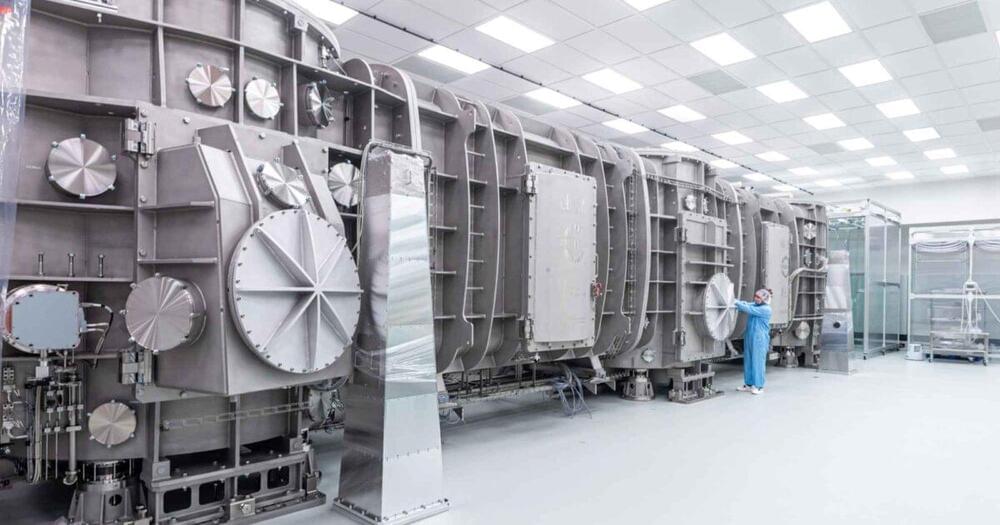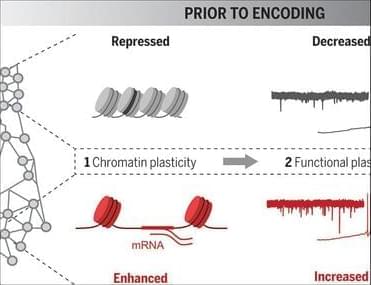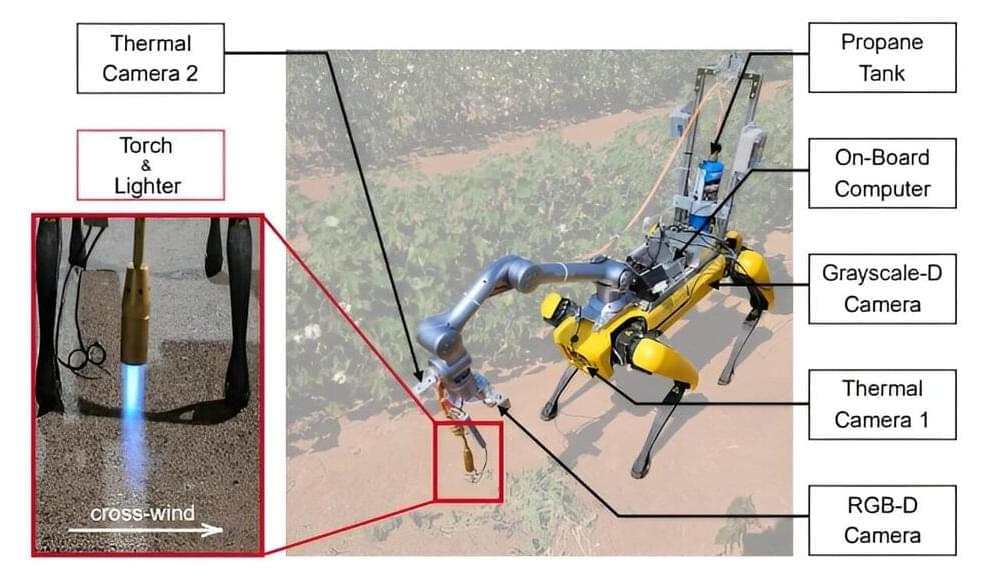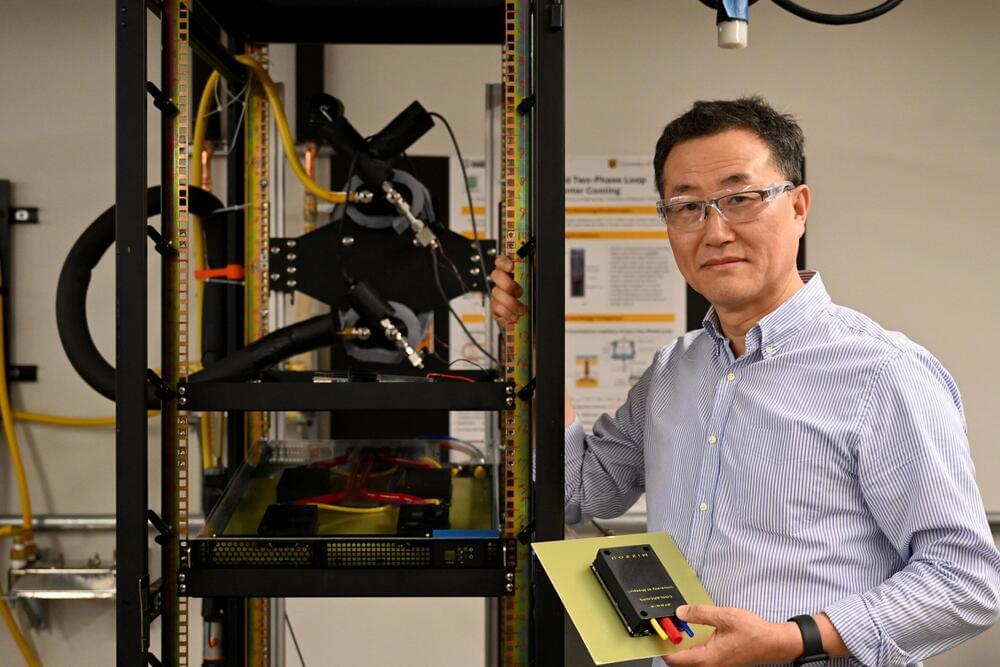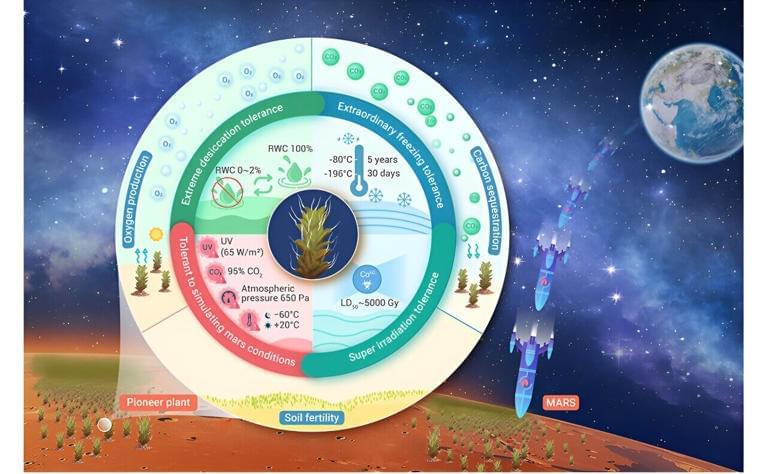July 17, 2024 – The changes can begin in middle age, but they’re not usually noticeable until decades later. By age 60 and beyond, the changes can pick up speed and may become obvious.
“As we get older, our brain actually starts to shrink and lose mass,” said Marc Milstein, PhD, a Los Angeles brain health researcher. The start of that shrinkage, as well as the path it takes, can vary, said Milstein, who wrote The Age-Proof Brain.
“Starting at 40, our overall brain volume can start shrinking about 5% every 10 years,” he said. “Our brain has connections where our memories are stored, and as we age, we lose some of these connections. That can make it challenging to remember and to learn new information.”

